Which is not a permissible resonating structure ?
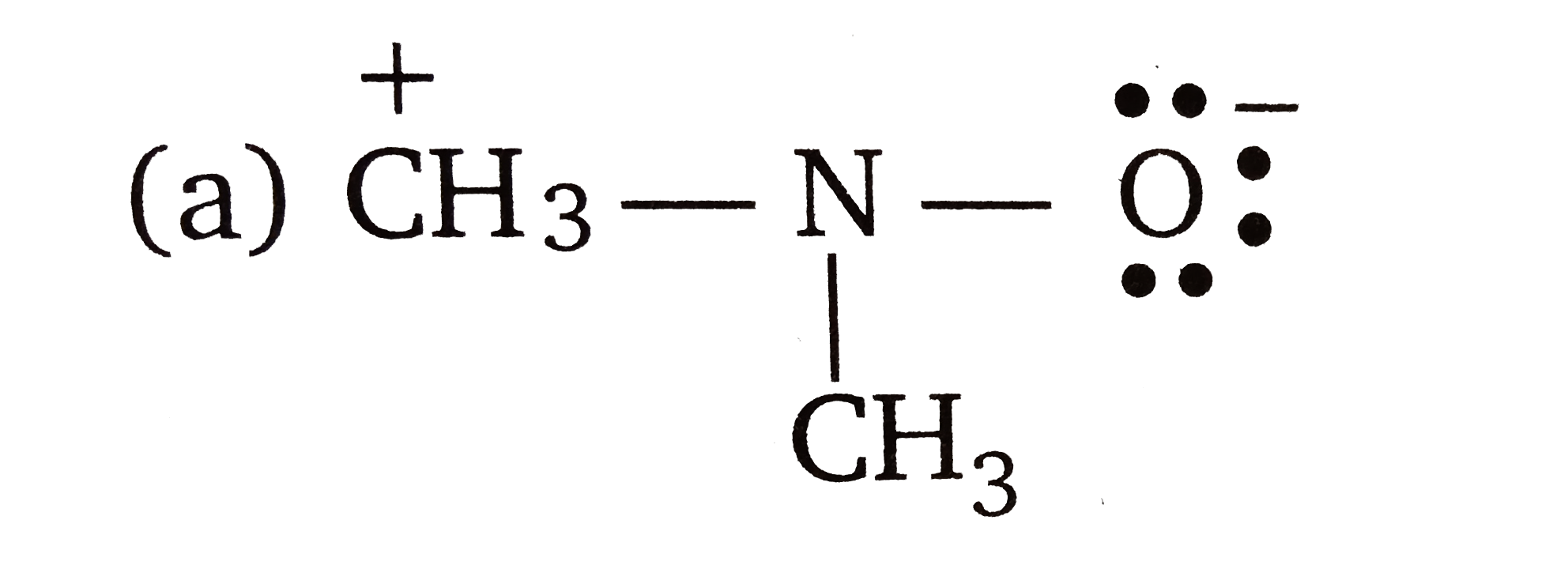
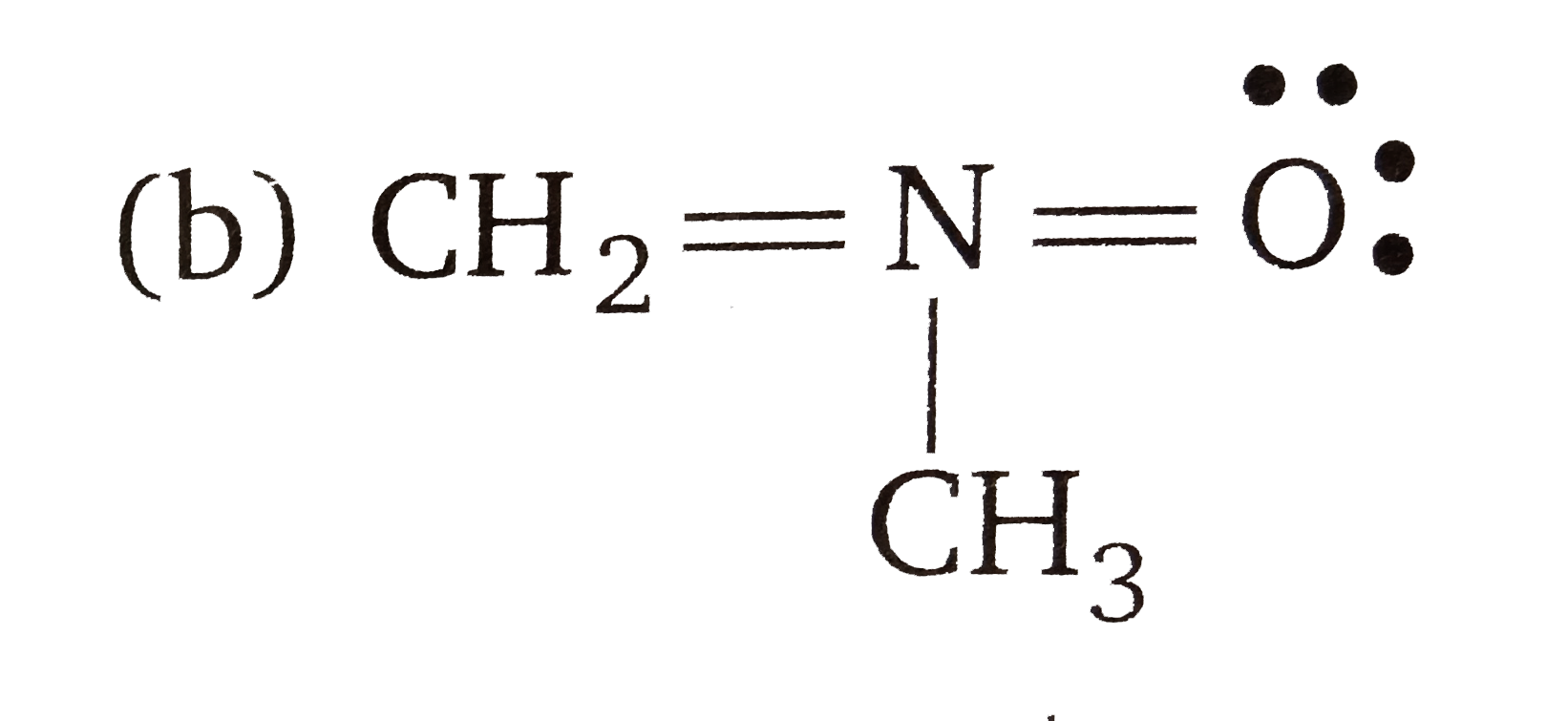
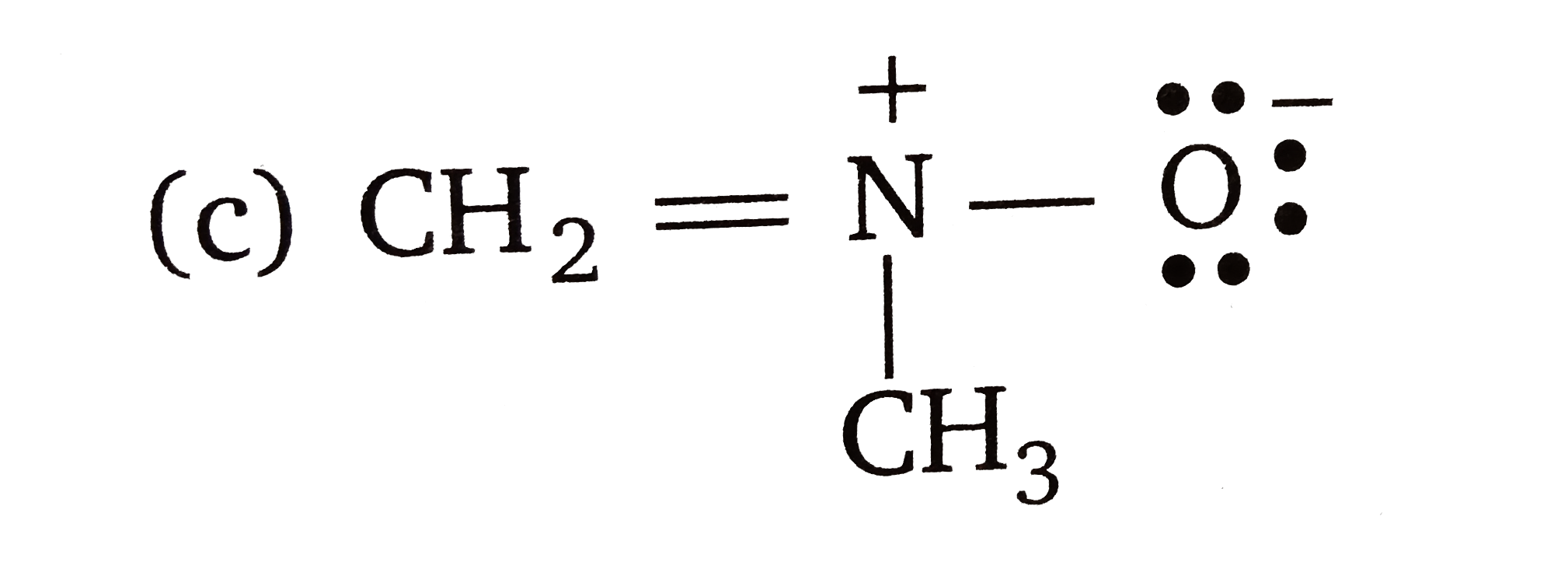
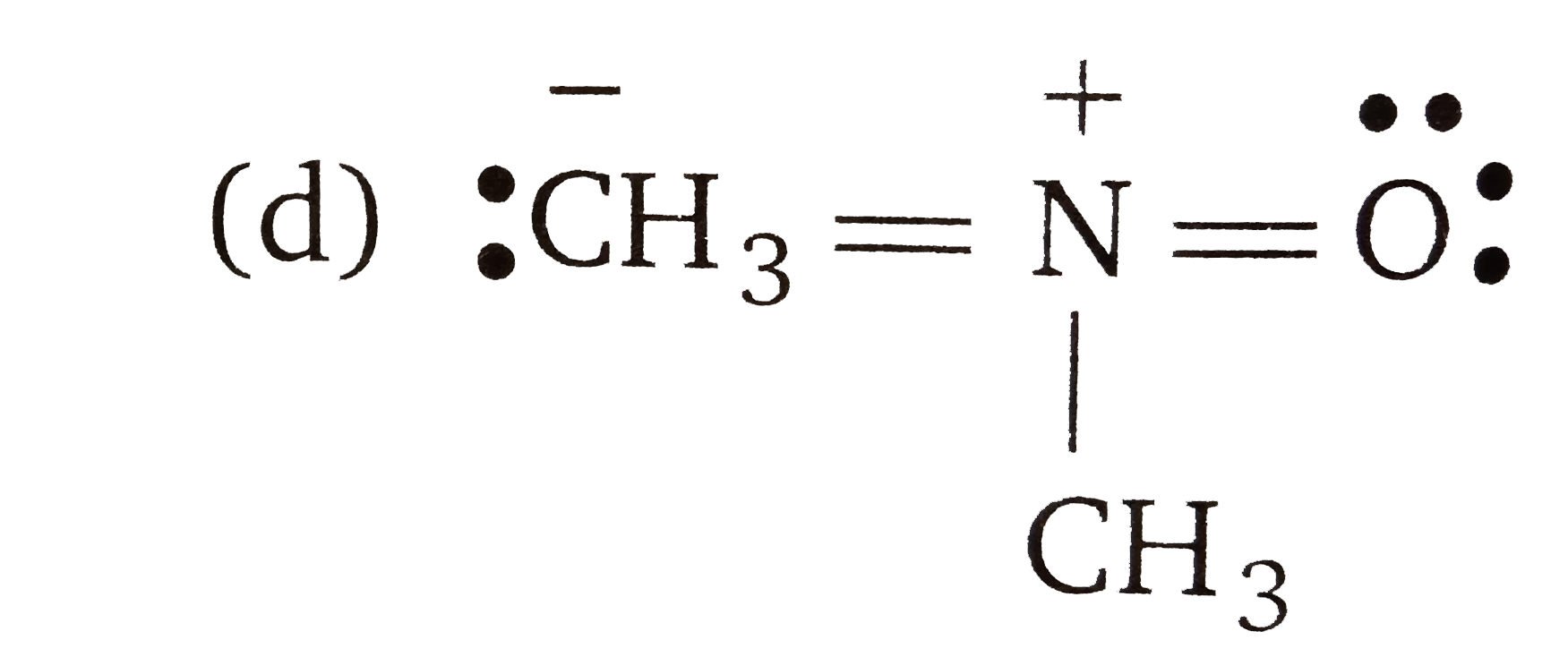
The correct Answer is:B
To determine which of the given structures is not a permissible resonating structure, we need to analyze each option based on the rules of resonance and the octet rule. Here’s a step-by-step breakdown of the solution:
Step 1: Analyze the first structure (Option A)
- The first structure is CS3-NO.
- Count the valence electrons:
- Carbon (C) has 4 valence electrons, and there are 3 carbon atoms (3 x 4 = 12).
- Nitrogen (N) has 5 valence electrons.
- Oxygen (O) has 6 valence electrons.
- Total valence electrons = 12 (from C) + 5 (from N) + 6 (from O) = 23.
- Check the octet rule:
- Each carbon has 4 bonds (octet satisfied).
- Nitrogen has 3 bonds and 1 lone pair (octet satisfied).
- Oxygen has 2 bonds and 2 lone pairs (octet satisfied).
- Conclusion: This structure is permissible.
Step 2: Analyze the second structure (Option B)
- The second structure is CS2=N=O.
- Count the valence electrons:
- 3 Carbon atoms contribute 12 electrons.
- Nitrogen contributes 5 electrons.
- Oxygen contributes 6 electrons.
- Total valence electrons = 12 + 5 + 6 = 23.
- Check the octet rule:
- Each carbon has 4 bonds (octet satisfied).
- Nitrogen has 5 bonds (3 from double bonds with C and O), which exceeds the octet rule.
- Conclusion: This structure is not permissible because nitrogen has 5 bonds.
Step 3: Analyze the third structure (Option C)
- The third structure is CS2=N with a negative charge.
- Count the valence electrons:
- 3 Carbon atoms contribute 12 electrons.
- Nitrogen contributes 5 electrons.
- Total valence electrons = 12 + 5 = 17.
- Check the octet rule:
- Each carbon has 4 bonds (octet satisfied).
- Nitrogen has 3 bonds and 1 lone pair (octet satisfied).
- Conclusion: This structure is permissible.
Step 4: Analyze the fourth structure (Option D)
- The fourth structure is CS3=N^+O.
- Count the valence electrons:
- 3 Carbon atoms contribute 12 electrons.
- Nitrogen contributes 5 electrons.
- Oxygen contributes 6 electrons.
- Total valence electrons = 12 + 5 + 6 = 23.
- Check the octet rule:
- Each carbon has 4 bonds (octet satisfied).
- Nitrogen has 4 bonds (octet satisfied).
- Oxygen has 2 bonds and 2 lone pairs (octet satisfied).
- Conclusion: This structure is permissible.
Final Conclusion
After analyzing all the options, we conclude that Option B (CS2=N=O) is not a permissible resonating structure because nitrogen exceeds the octet rule with 5 bonds.
Answer: Option B is not a permissible resonating structure.
---
- The first structure is CS3-NO.
- Count the valence electrons:
- Carbon (C) has 4 valence electrons, and there are 3 carbon atoms (3 x 4 = 12).
- Nitrogen (N) has 5 valence electrons.
- Oxygen (O) has 6 valence electrons.
- Total valence electrons = 12 (from C) + 5 (from N) + 6 (from O) = 23.
- Check the octet rule:
- Each carbon has 4 bonds (octet satisfied).
- Nitrogen has 3 bonds and 1 lone pair (octet satisfied).
- Oxygen has 2 bonds and 2 lone pairs (octet satisfied).
- Conclusion: This structure is permissible.
- The second structure is CS2=N=O.
- Count the valence electrons:
- 3 Carbon atoms contribute 12 electrons.
- Nitrogen contributes 5 electrons.
- Oxygen contributes 6 electrons.
- Total valence electrons = 12 + 5 + 6 = 23.
- Check the octet rule:
- Each carbon has 4 bonds (octet satisfied).
- Nitrogen has 5 bonds (3 from double bonds with C and O), which exceeds the octet rule.
- Conclusion: This structure is not permissible because nitrogen has 5 bonds.
- The third structure is CS2=N with a negative charge.
- Count the valence electrons:
- 3 Carbon atoms contribute 12 electrons.
- Nitrogen contributes 5 electrons.
- Total valence electrons = 12 + 5 = 17.
- Check the octet rule:
- Each carbon has 4 bonds (octet satisfied).
- Nitrogen has 3 bonds and 1 lone pair (octet satisfied).
- Conclusion: This structure is permissible.
- The fourth structure is CS3=N^+O.
- Count the valence electrons:
- 3 Carbon atoms contribute 12 electrons.
- Nitrogen contributes 5 electrons.
- Oxygen contributes 6 electrons.
- Total valence electrons = 12 + 5 + 6 = 23.
- Check the octet rule:
- Each carbon has 4 bonds (octet satisfied).
- Nitrogen has 4 bonds (octet satisfied).
- Oxygen has 2 bonds and 2 lone pairs (octet satisfied).
- Conclusion: This structure is permissible.
After analyzing all the options, we conclude that Option B (CS2=N=O) is not a permissible resonating structure because nitrogen exceeds the octet rule with 5 bonds.
Topper's Solved these Questions
- CHEMICAL BONDINGBOOK - P BAHADURCHAPTER - CHEMICAL BONDINGEXERCISE - Exercise2B
25 Videos
- CHEMICAL BONDINGBOOK - P BAHADURCHAPTER - CHEMICAL BONDINGEXERCISE - Exercise3
70 Videos
- CHEMICAL BONDINGBOOK - P BAHADURCHAPTER - CHEMICAL BONDINGEXERCISE - Exercise 7
11 Videos
- ATOMIC STRUCTUREBOOK - P BAHADURCHAPTER - ATOMIC STRUCTUREEXERCISE - Exercise 9
38 Videos
- CHEMICAL EQUILIBRIUMBOOK - P BAHADURCHAPTER - CHEMICAL EQUILIBRIUMEXERCISE - Exercise
134 Videos
Similar Questions
Knowledge Check
Which is the most stable resonating structure ?
A B
B C
C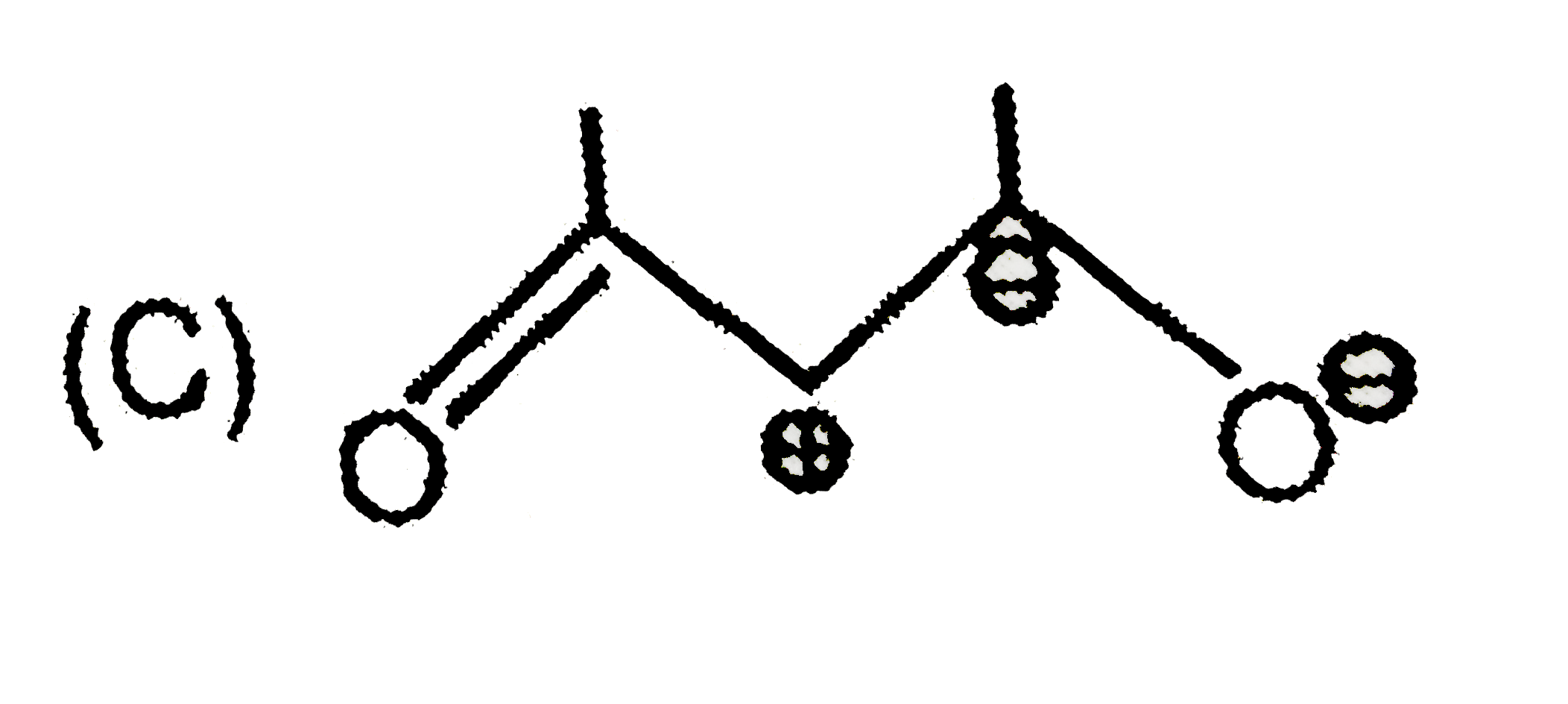 D
D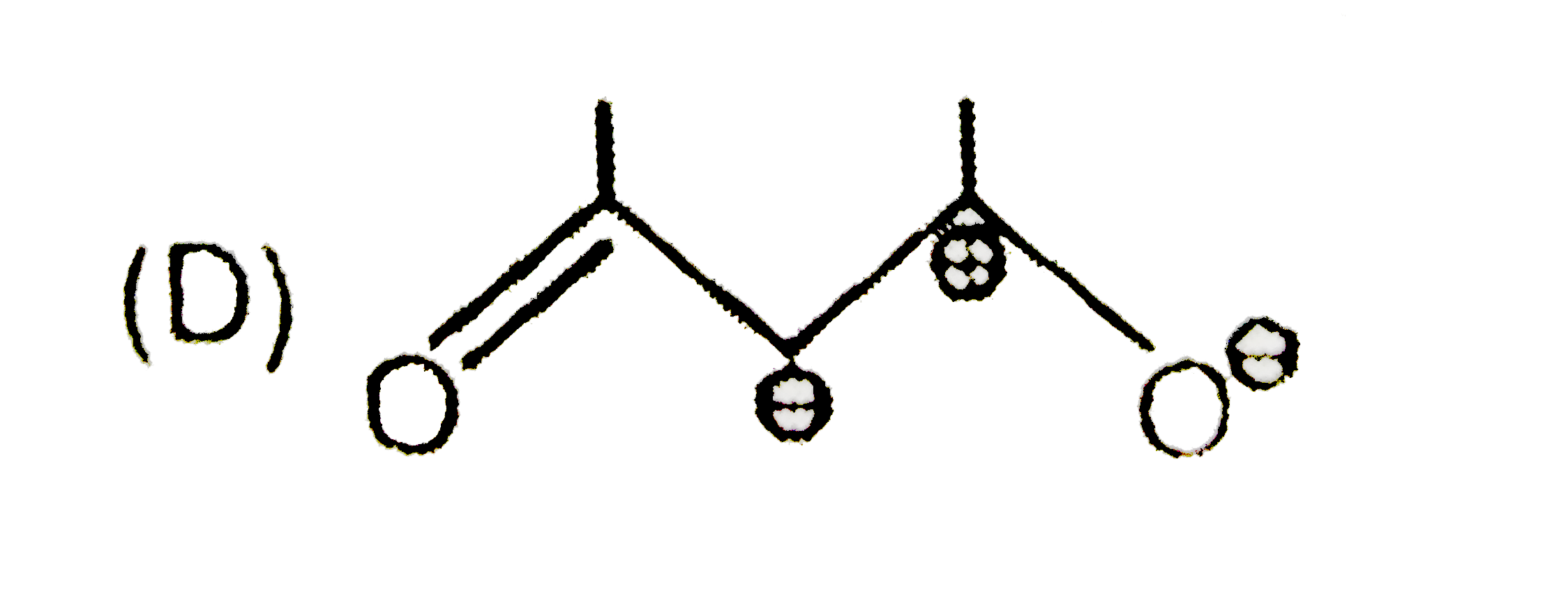
Which is the most stable resonating structure?
A B
B C
C D
D
Which of the following is not a permissible resonating form?
AH2⊕C−⋅⋅N∣∣CH3−ƟOBCH2=⊕N∣CH3−ƟOCCH2=⊕N∣CH3=ODƟCH2−⊕N∣CH3=O
Which of the following is not acceptable as resonating structure :
View SolutionWhich will be the least stable resonating structure ?
View SolutionWhich will be the least stable resonating structure?
View SolutionWhich will be the least stable resonating structure?
View SolutionWhich will be the least stable resonating structure :
View Solution

